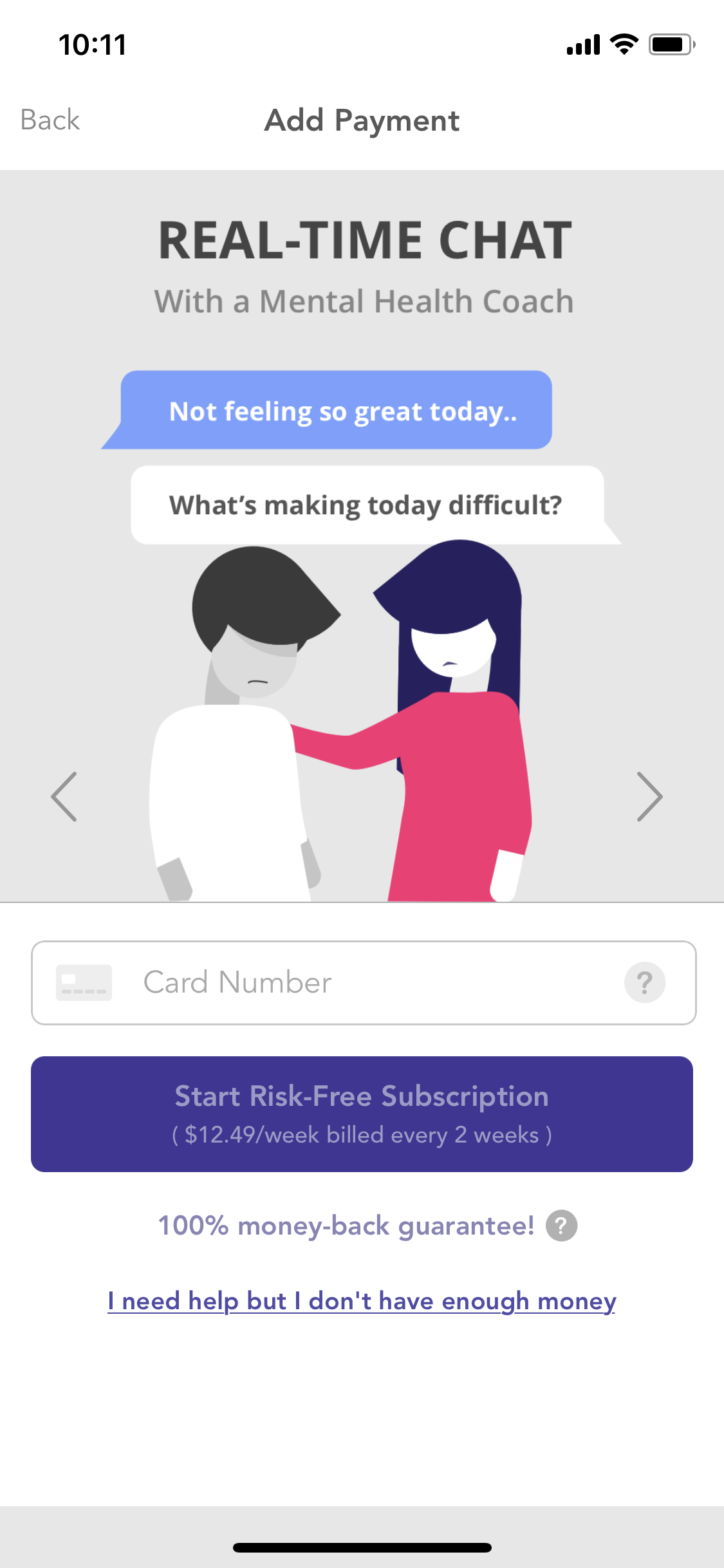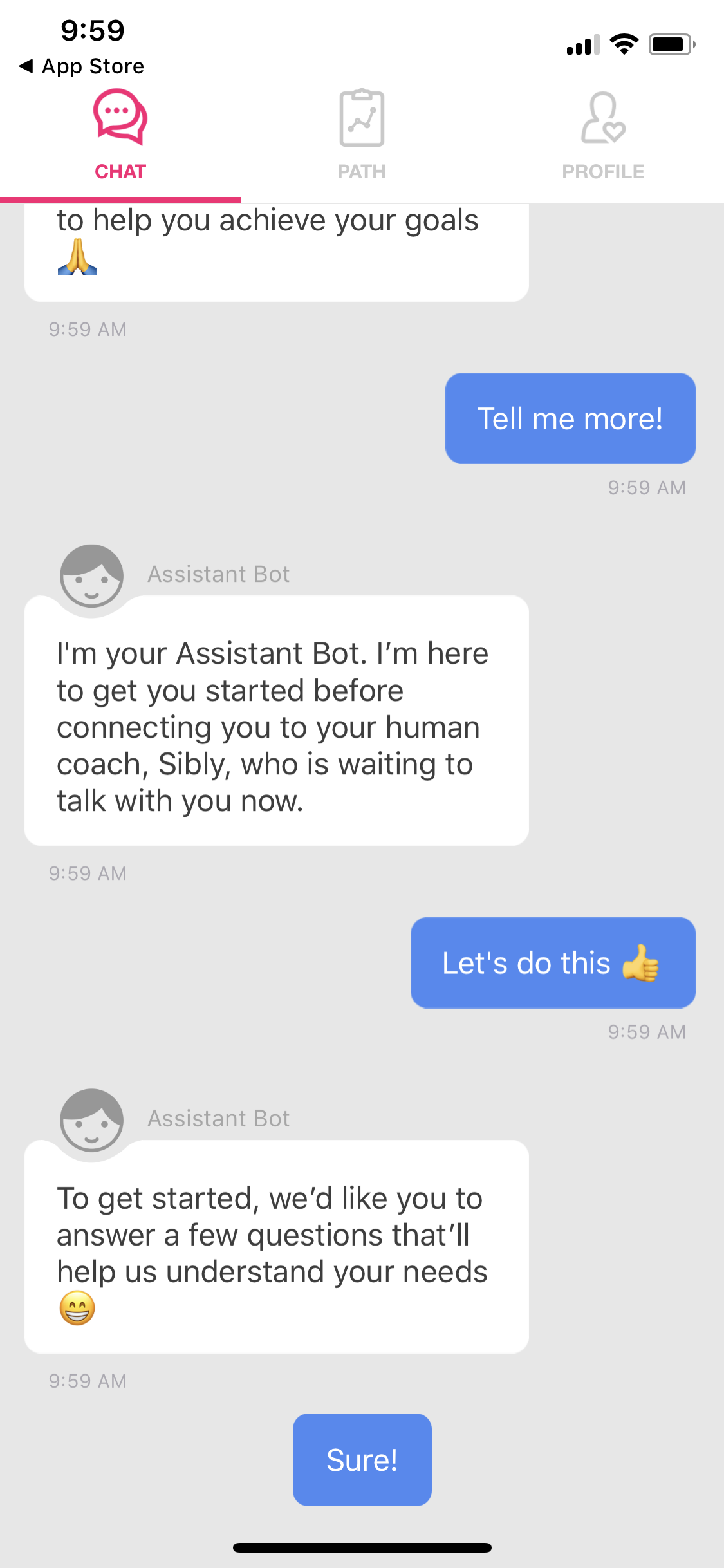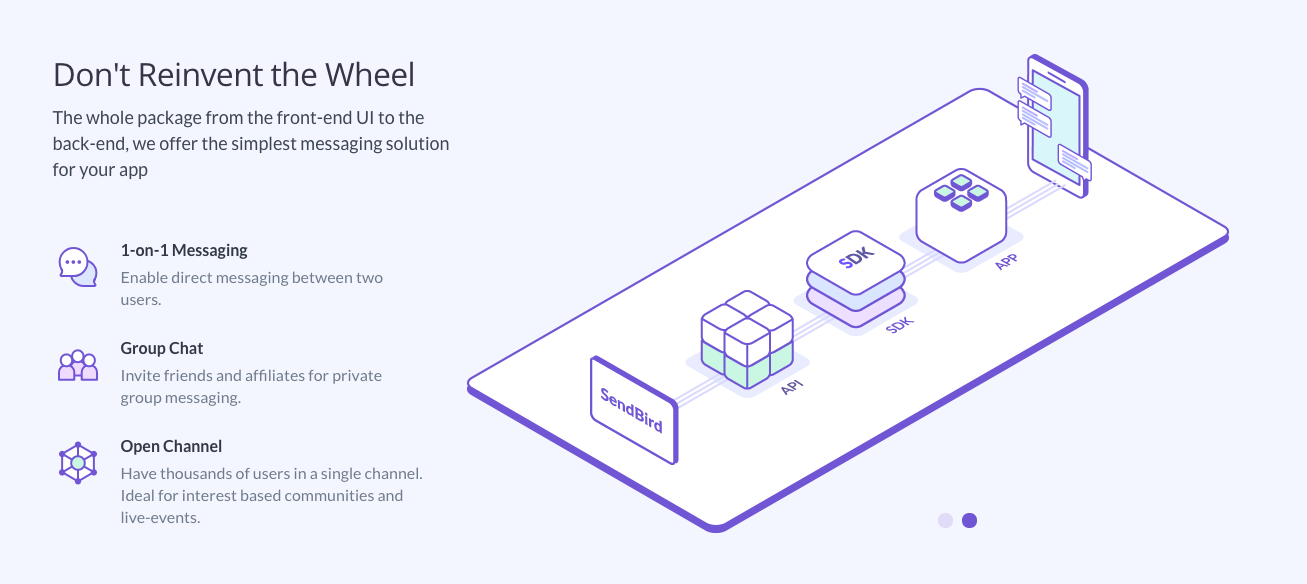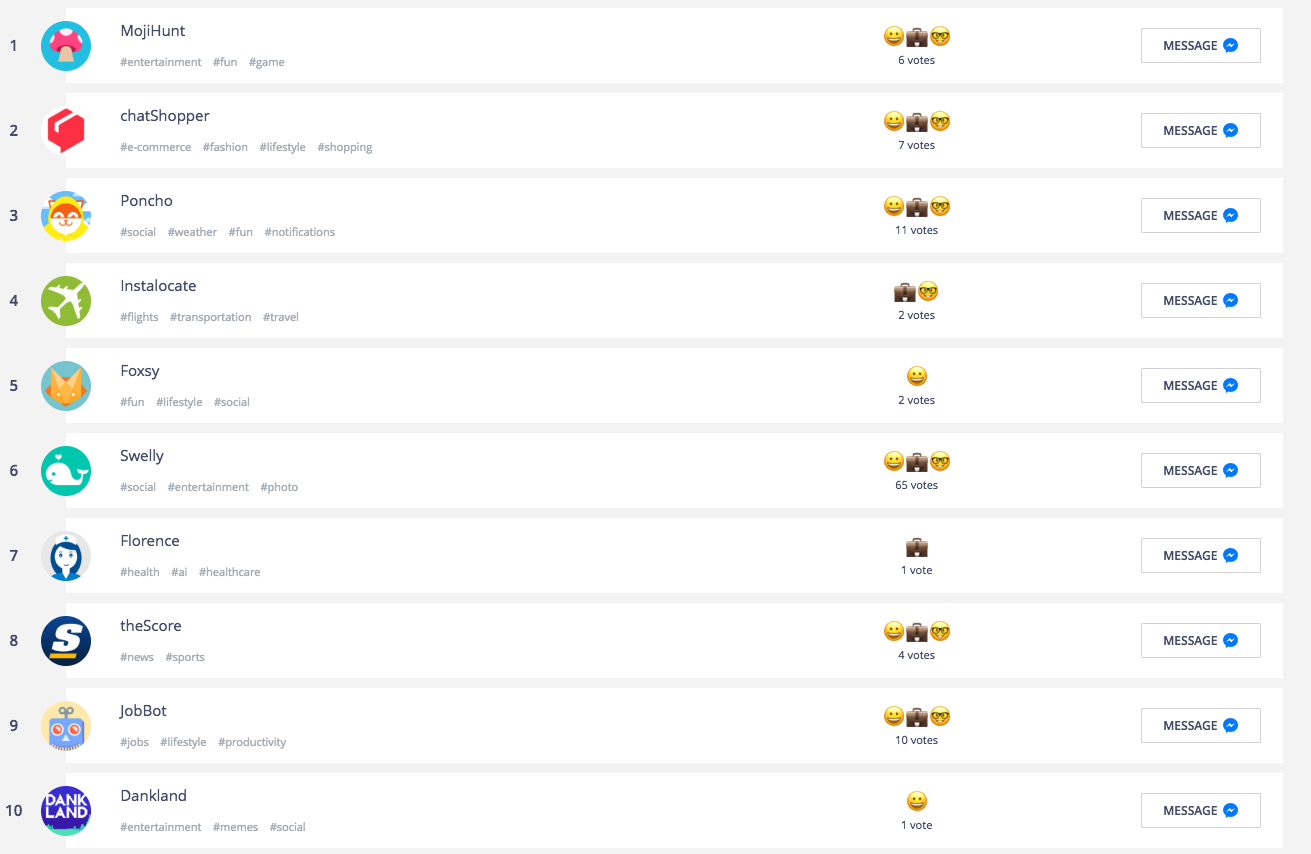Chatbot platform tools – The messaging and bot interface, Part 1

There are a lot of chatbot platforms for building and developing chatbots. But the next step – where you place your chatbot – is an often ignored consideration. Every chatbot needs a messaging interface to send and receive messages to and from users.
In the recent past, messenger apps have been a natural place to host your bot, but it meant sending your users outside your application, where you don’t own the conversation, branding, or associated messaging data.
Now, with advent of APIs and SDKs, you can embed a messaging interface into your application natively and host your bot within your own application, helping you retain users, control branding, and own data associated with your bot conversations. These messaging APIs and SDKs are natural complements to chatbot platforms or other development tools.
There’s a lot of misleading information about chatbots. It can be difficult to understand the actual value of bots – frequently it is over-estimated.
According to some highly quoted Oracle research on chatbots in 2016, for example, 80% of businesses expect to use chatbots by 2020 and 36% have already implemented them.
While I would doubt the accuracy of that research – the survey asked only 800 senior managers from Europe, Middle East, and Africa (EMEA) – the optimism and investment behind chatbots is serious. Despite companies sometimes exaggerating the value of chatbots, there is in fact significant promise for chatbots and businesses with mobile or web applications.
Sign up for Sendbird to start using our bot interface API.
The importance of chatbots for real-time interactions
As consumers expect responses and services on demand, it is becoming more and more important to be able to communicate with your user in real-time. Chatbots can provide the front-line of service, the first-responders that resolve, categorize, or route service requests soon after one of your customers or app users reaches out.
Many businesses investing in their digital and mobile strategy are considering chatbots to achieve value in the following ways:
- Chatbots meet the consumer in a preferred channel – the messaging interface
- Chatbots respond to users instantaneously and 24/7
- Chatbots create customer support experiences that satisfy business needs and customer demand because chatbots …
- Help customers solve their simple or common issues themselves, direct them to the right resources, or provide context to a support agent
- Optimize your contact center by routing customers to the right agent, increasing the number of inquiries a single agent can handle, and provide the context necessary to solve issues quickly
- Help your business reduce costs without sacrificing excellent service
- Chatbots communicate in fun and useful branded interactions
A good article from Chatbots Life about how businesses are using chatbots indicates some of the key industries that benefit from them:
- E-commerce and Online Marketing
- Customer service
- Online Travel Agencies, Concierge, and Hospitality
- Banking, Financial Services, and Fintech
- HR & Recruiting
- Health Services
Conversational interface – The thesis behind chatbots
The thesis behind chatbots for businesses has been this:
that users will experience less friction and, in fact, prefer to interact with a business in a messaging interface, one that they are already adopting at a globally massive level, than with a graphic user interface that doesn’t include obvious answers to their questions or immediate redress for their needs.
The chatbot is a consultant or concierge rather than a repository of information, helping customers navigate complex structures of information, UX flows, services, or consultations.


Sibly uses a chatbot to onboard users for mental health coaching
This is one reason why chatbots fit service oriented industries so well – as an automated style consultant, customer service agent, travel agent, financial advisor, recruiting coordinator or others.
The chatbot, branded with the voice and personality to match your company, is the compromise between the high-touch offline and zero-touch online service.
Offline, you interact with an expert, who asks or answers questions, and hopefully directs you to the best resolution. This is a high-touch experience. Online, one interacts as little as possible, perhaps reading reviews or comparing products before clicking a button without speaking to anyone.
The chatbot, on the other hand, automates some of the offline experiences to bring satisfying human-like interactions back to an internet that has largely avoided them. Rather than waiting for an e-mail response or customer support chat response, the bot answers the inquiry immediately and provides a necessary component to real-time service.
Before the popularity of messenger apps, the value proposition of bots and AI was merely the operational optimization – automated processes will save you money on labor. Now, there’s an even greater upside to chatbots because messaging is a global phenomenon – another channel to bring scalable human-like interactions to service or sales.
When considering chatbots, many product owners overlook a crucial part of the equation – i.e. the messaging interface – partly because of messengers are so prevalent and partly because they don’t realize that they can integrate a messaging interface directly into their application and host their chatbot within their own app.
Dominance of Messaging – Meet the consumer in its preferred channel
When you think of chatbots, especially chatbots outside the realm of customer support, you probably think of messenger apps or, especially, Facebook Messenger.
You can find thousands of bots available for messenger apps in places like chatbottle.co – bots from Expedia and Icelandair to Burberry and Victoria’s Secret.
There’s a good reason for this:
A super-majority of the entire world uses a messenger app or takes part in messaging
The Monthly Active Users (MAU) for popular messenger apps was 76% of the world’s population in April 2018. That’s 5.8 billion MAU compared to a global population of 7.6 billion people. Indeed, Facebook reports that 80% of adults and 91% of teens use a messaging app everyday.
This is great for messenger apps, but is it great for your success?
An argument for chatbots is not complete without an argument for messaging as a strategy to connect your users, to retain, engage, or convert them, or to create clear communication within your app. Chatbots need a messaging interface like humans need a sensate body to communicate information to and from the brain.
The dominance of messaging as a way to communicate means primarily three things for your business:
- Approximately 76% of the world is already accustomed to interacting with friends, family, colleagues, and businesses through a messaging interface and actually enjoying it
- Consumers are accustomed to the messaging experience in specialized apps like Messenger, WhatsApp, WeChat, or others. As the messenger market has become more mature, consumers expect a lot of features and functionality from their messaging interface
- If you’re interacting with your customers in a messenger app and your business has its own app, then you’re losing app users to Facebook, WeChat, Telegram, etc. and, equally important, losing ownership of the conversation and customer intelligence
Key takeaway:
There’s a great opportunity for businesses to interact with customers through messaging – an interface already adopted globally – but a key challenge remains: to deliver a messaging experience that meets extremely high consumer expectations, while retaining them within your application and branded experience.
3 options for integrating a chatbot platform into a messaging interface
It’s clear that engaging your business’s customers through messaging and chatbots is an attractive proposition.
In this video, the bot accomplishes three tasks for the user: (1) it displays the user’s order history for the last 90 days and shares receipts; (2) it shows the user what coupons are available to him or her; (3) it routes the user to a human agent.
There are a few options available:
- Embed a messaging SDK into your application and use an API to send and receive messages to and from your bot
- Build both the bot and messaging experience in-house
- Build a bot and host it in a messenger app
Embed a messaging platform into your app
With the rise of APIs and SDKs, it is now possible to integrate specialized functions, like chat and messaging, into your applications with minimal, though still some, development work on your part. These solutions are completely white label – i.e. you can customize the messaging experience and interface to your brand.

Since chat and messaging moves around a lot of real-time data, solutions offer the cloud server infrastructure to handle all the real-time events at scale. This saves you additional resources by taking care of building and maintaining servers.
In future articles of this series, Taem Park will walk you through Sendbird’s bot interface API, show you how to implement it with SendBird’s service and sample app, and show you how to integrate DialogFlow (Google’s chatbot engine) with Sendbird.
All these actions will demonstrate how you can embed a messaging experience into your app that is customized and branded for your business.
Firebase and PubNub are platforms for app development and realtime data streaming. They are general toolkits for app development, but lack domain expertise in chat and messaging. You can read a comparison between Sendbird and either Firebase or PubNub.
Other companies, like Intercom, are SaaS solutions that you cannot fully customize to the requirements and use-case of your web or mobile application.
Building a bot and messaging interface in-house
Building a messaging experience from scratch for your application let alone a bot is an extremely difficult task not least because every business application has highly specialized needs. It can be significantly more expensive and time-consuming to build chat and messaging using internal engineering resources than it is to use a third-party solution.
We’ve written an article that goes into more depth about the build vs buy decision here and provides details about how to plan it.
In a nutshell: since messaging and messenger apps are so prevalent and highly developed, consumer expectations for messaging experiences are likewise highly developed and require a lot of features. Plus, building and maintaining servers is expensive – as is feature and product updates.
Even technology companies with talented software engineers and the personnel to work on messaging embed chat and messaging platforms into their mobile and web applications.
Chatbots in messenger apps – Good expedient, Bad long-term strategy
Businesses use apps like Facebook Messenger or Telegram to set up a chatbot because they offer a pre-built and high quality messaging interface. Since the core business of messengers is, well, messaging, they offer the interface and audience for your bot.

While this may be a good expedient, it is not a strong long-term strategy for your bot.
If your business already has a proprietary app, then adding a chatbot to a messenger unnecessarily fragments the channels you use to interact with customers. Rather than staying in your own app ecosystem, users leave to interact with your bot in the messenger app and you lose in-app messaging’s ability to retain users 3.5x more. Rather than owning the chat and messaging data, you cede it to another company and rob yourself of precious customer intelligence.
Not only that, but you would also lose control of your branded experience. For chatbots, it’s important for your bot experience to be on brand. That would largely be in your control if you were building the bot. But for the messaging interface itself, it would depend largely on whether you decided to use another company’s messenger or embed a messaging experience natively into your application.
Conclusion: For every chatbot platform a messaging interface
Every chatbot needs a messaging interface. Before the emergence of chat and messaging SDKs and APIs, messenger apps were a viable option because they excluded the difficult-to-develop messaging interface from the product planning and development process. But hosting your chatbot on messenger apps comes at a great cost to your brand, app, and customer intelligence.
Now, you can integrate a messaging experience directly into your app using complete chat and messaging solution, complete with the API, SDKs, and server infrastructure to handle all your real-time traffic.
In the next articles of this series, Taem Park will walk you through how to use Sendbird’s bot interface API and show you how to integrate a chatbot into our sample app.












